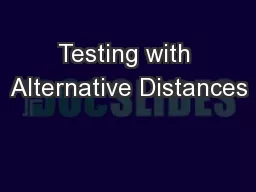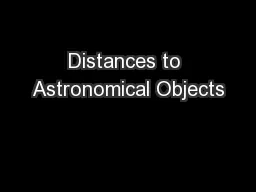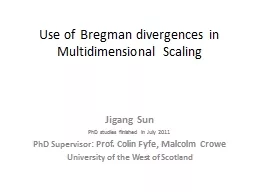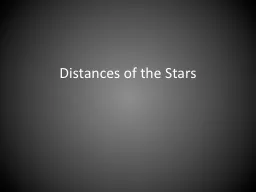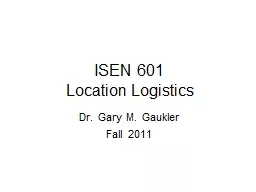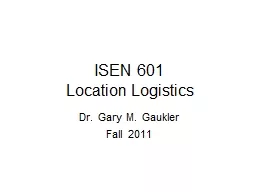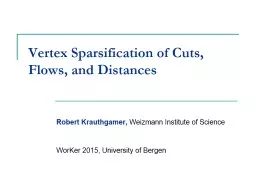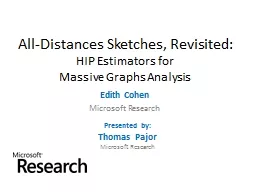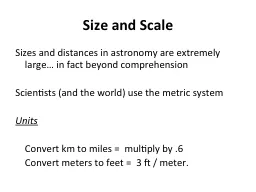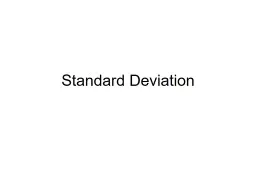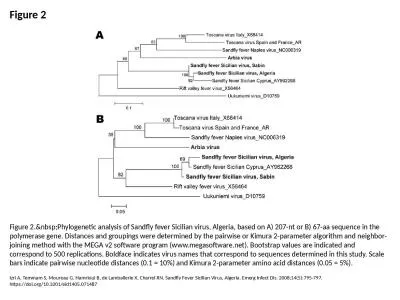PPT-Testing with Alternative Distances
Author : yoshiko-marsland | Published Date : 2018-03-13
Gautam G Kamath FOCS 2017 Workshop Frontiers in Distribution Testing October 14 2017 Jayadev Acharya Cornell Constantinos Daskalakis MIT John Wright MIT Based on
Presentation Embed Code
Download Presentation
Download Presentation The PPT/PDF document "Testing with Alternative Distances" is the property of its rightful owner. Permission is granted to download and print the materials on this website for personal, non-commercial use only, and to display it on your personal computer provided you do not modify the materials and that you retain all copyright notices contained in the materials. By downloading content from our website, you accept the terms of this agreement.
Testing with Alternative Distances: Transcript
Download Rules Of Document
"Testing with Alternative Distances"The content belongs to its owner. You may download and print it for personal use, without modification, and keep all copyright notices. By downloading, you agree to these terms.
Related Documents

